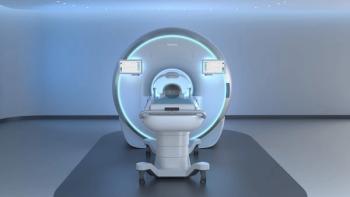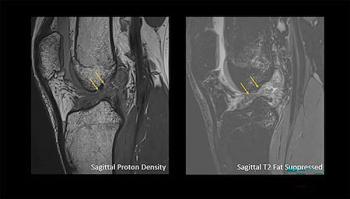
Teleradiologists get boost from Web-based shareware
Demand for offsite readings boomsGood news for teleradiology vendors: Demand for offsite reading services is booming. The bad news: Free teleradiology software has begun popping up.The shareware packages allow users to view PACS
Demand for offsite readings booms
Good news for teleradiology vendors: Demand for offsite reading services is booming. The bad news: Free teleradiology software has begun popping up.
The shareware packages allow users to view PACS desktop environments from anywhere on the Internet. They even allow institutions with slow networks to bypass installing PACS client software into each remote location and transferring large DICOM files over those networks.
Most client server-based PACS require a high-speed intranet environment to transfer DICOM images. This infrastructure is not likely to exist in most teleradiology networks, said Dr. Wen-Jeng Lee of the medical imaging department at National Taiwan University Hospital in Taipei.
"We cannot simply implement a teleradiology system by installing PACS client software in the remote location, because it is too time-consuming to transfer DICOM files on a low-speed network," Lee said.
This is leading some users to implement software that not only does the trick, but does it for free. Lee suggests either of two such packages, which can add teleradiology functionality to existing PACS.
Virtual Network Computing software, available free from AT&T Laboratories in the U.K., is a remote display system that allows the user to view a computing "desktop" environment from anywhere on the Internet and from a variety of machine architectures. Remote Desktop, free from Microsoft, allows any PACS workstation running Windows XP Professional to be viewed from any other client running a Microsoft Windows operating system.
The demand for this software is likely to grow, as a continuing labor shortage among radiologists is leading to a boom in teleradiology. In a survey conducted by the Radlinx Group and U.S. Radiology Partners between November and December 2003, 90% of respondents said they use offsite readers, compared with 70% in 2002. In-house teleradiology predominates, as 68% said they do not use a nighthawk service.
Most groups use teleradiology for call and other internal purposes, said Dr. Lawrence Muroff, president and CEO of Imaging Consultants and an expert in radiology practice issues. Some groups send studies from offices or remote hospitals to their main practice base via teleradiology in order to transmit studies to subspecialists within the group.
Newsletter
Stay at the forefront of radiology with the Diagnostic Imaging newsletter, delivering the latest news, clinical insights, and imaging advancements for today’s radiologists.




























